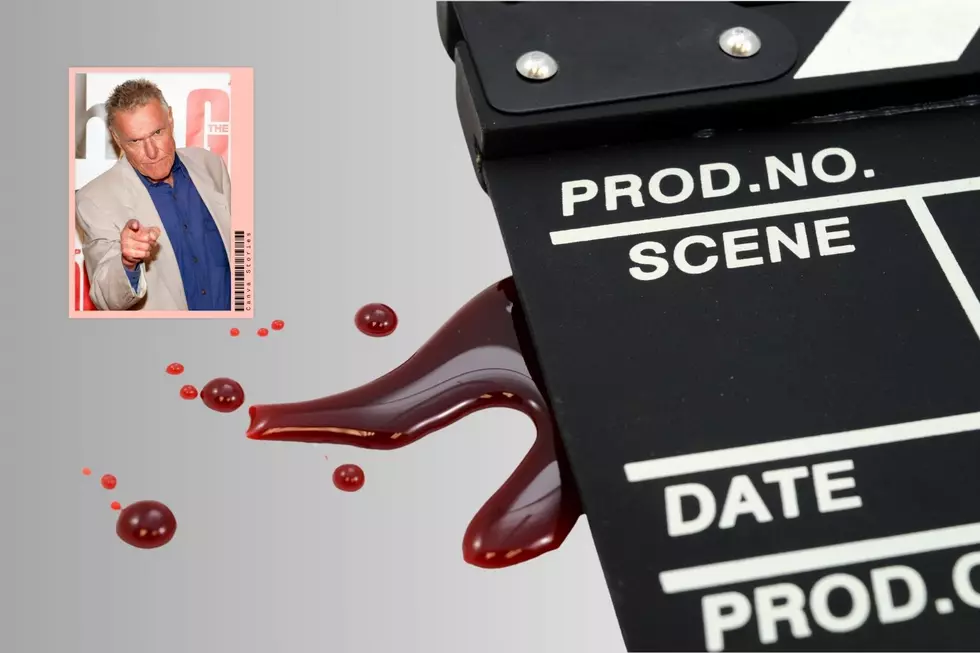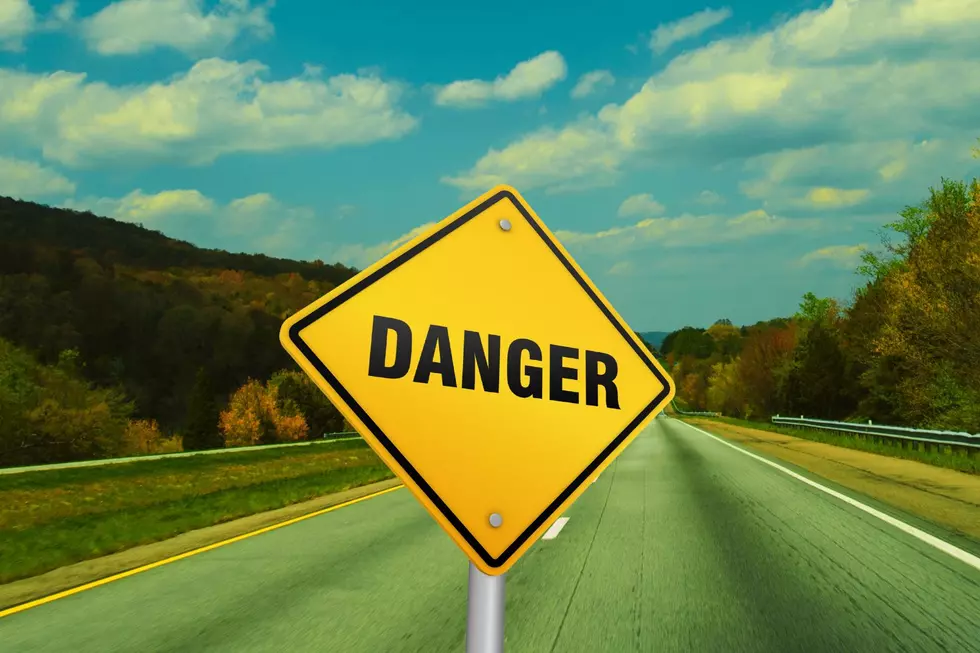
These Kentucky Road Signs Are Confusing to Me
I suppose I don't REALLY have to write this. I suppose I could call some old college friends who got degrees in city/regional planning or urban development. But I don't have their numbers, so I'll just continue to wonder.
Okay, since we're talking about confusing signs, let me begin with an intersection where one used to be.
There used to be a stop sign there and I could never understand why. Maybe before I was born or before my memories kicked in, there was a terrible accident in which someone drove up into that yard? I don't know. Anyway, as you can see, it is no longer there.
Next, let me show you a couple of yield signs that are positioned at the tops of on-ramps onto U.S. 60 or the bypass. (I still call it the bypass.)
There's the ramp motorists take to exit from U.S. 231 onto the bypass near Daviess County Middle School, and here's the one that connects Frederica Street to the bypass near Goetz Drive.
Now, you see the yield signs, right? To me, they are the in the correct position because it makes more SENSE to yield if you're turning right. When you're turning left, you could back up traffic when giving the right-turning traffic the right of way. And that brings me to these.
Those ramps are at both ends of the overpass on West Parrish Avenue. But those yield signs are facing left-turning traffic. This is what I find confusing. If we're turning left onto the bypass and have to yield, we stand the chance of holding up traffic at a green light. I'm not complaining; I don't think either of those signs has ever been directly connected to an accident. And I'm sure there are those who know EXACTLY why the yield signs there are positioned as they are. But it doesn't make any sense to me.
So I consulted the Federal Highway Administration, and I'm not sure things are any clearer...at least for me. Section 2B.09 on the agency's page devoted to regulatory road signs is all about the application of yield signs, and here's what I found:
- On the approaches to a through street or highway where conditions are such that a full stop is not always required.
- At the second crossroad of a divided highway, where the median width at the intersection is 30 feet or greater. In this case, a STOP or YIELD sign may be installed at the entrance to the first roadway of a divided highway, and a YIELD sign may be installed at the entrance to the second roadway.
- For a channelized turn lane that is separated from the adjacent travel lanes by an island, even if the adjacent lanes at the intersection are controlled by a highway traffic control signal or by a STOP sign.
- At an intersection where a special problem exists and where engineering judgment indicates the problem to be susceptible to correction by the use of the YIELD sign.
- Facing the entering roadway for a merge-type movement if engineering judgment indicates that control is needed because acceleration geometry and/or sight distance is not adequate for merging traffic operation.
Well, I'm not sure which of those items best addresses the issue that confuses me, but that's gonna have to be okay. I will continue to yield where it says to yield. I might continue to be confused at the placement of those signs, but I also know that life will go on, just the same.
And one more thing...is it just me, or does "acceleration geometry" sound like a senior-level college math course we all avoided?
See the Must-Drive Roads in Every State
Gallery Credit: Sarah Jones
LOOK: The longest highways in America
Gallery Credit: Hannah Lang
More From WBKR-FM









